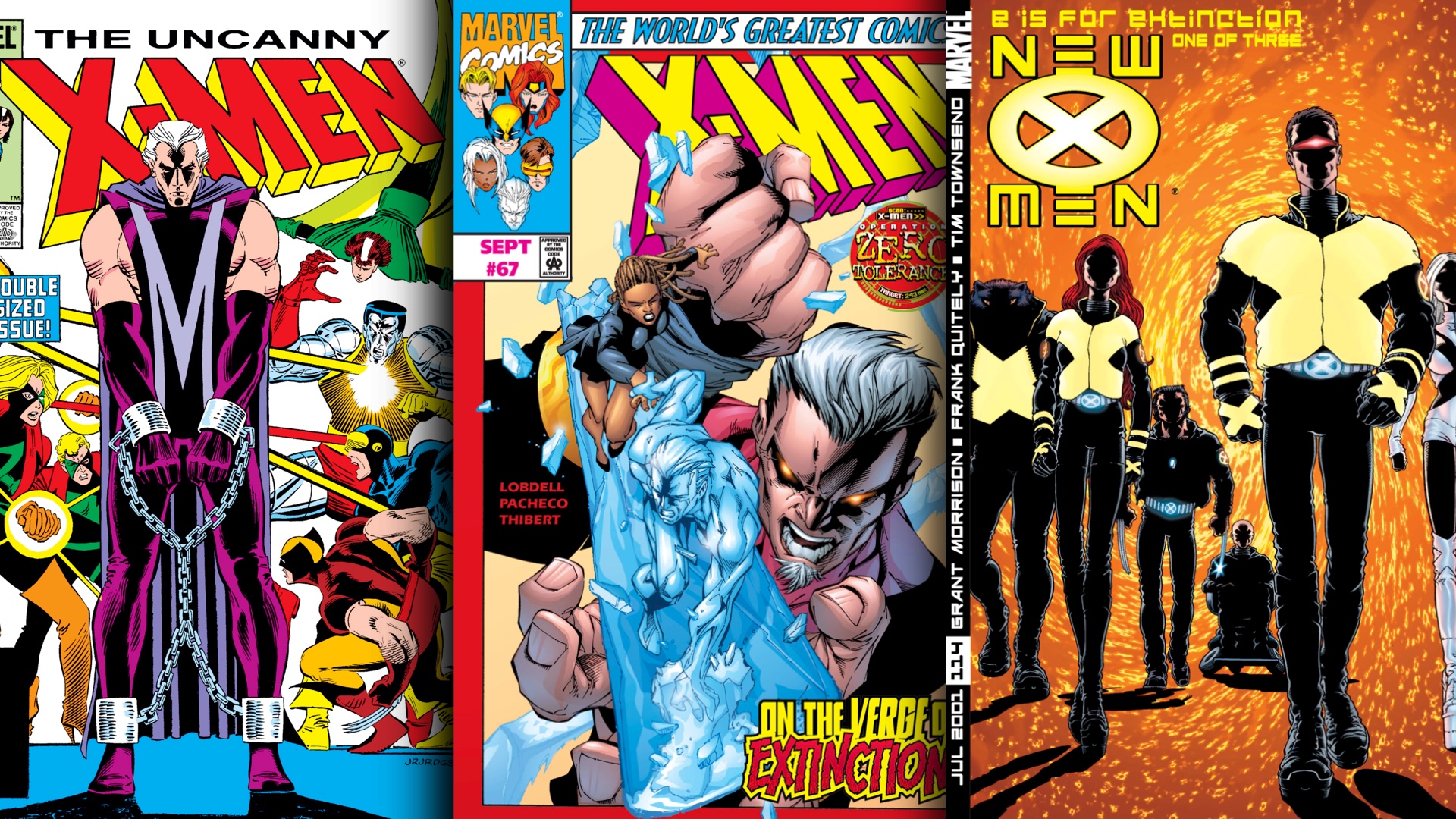
Looking for the best comics to read after X-Men '97? I have you covered. Seriously, I know we're all feeling the pain of X-Men '97 season one being over with – and there's no telling how long it may take for season two to arrive. But for now, we're taking plenty of solace in the fact that there are more than enough X-Men comic books to dig into to satiate our hunger for more mutant action.
In particular, we've picked out 10 comics that inspired or are directly connected to the storyline of X-Men '97. These are comics that span the 60-plus year history of the team, including several from the actual '90s. So put on your ruby quartz visor, pop your claws, and get ready to dig into these 10 comics to read after X-Men '97, presented in canonical order.
X-Men: Season One
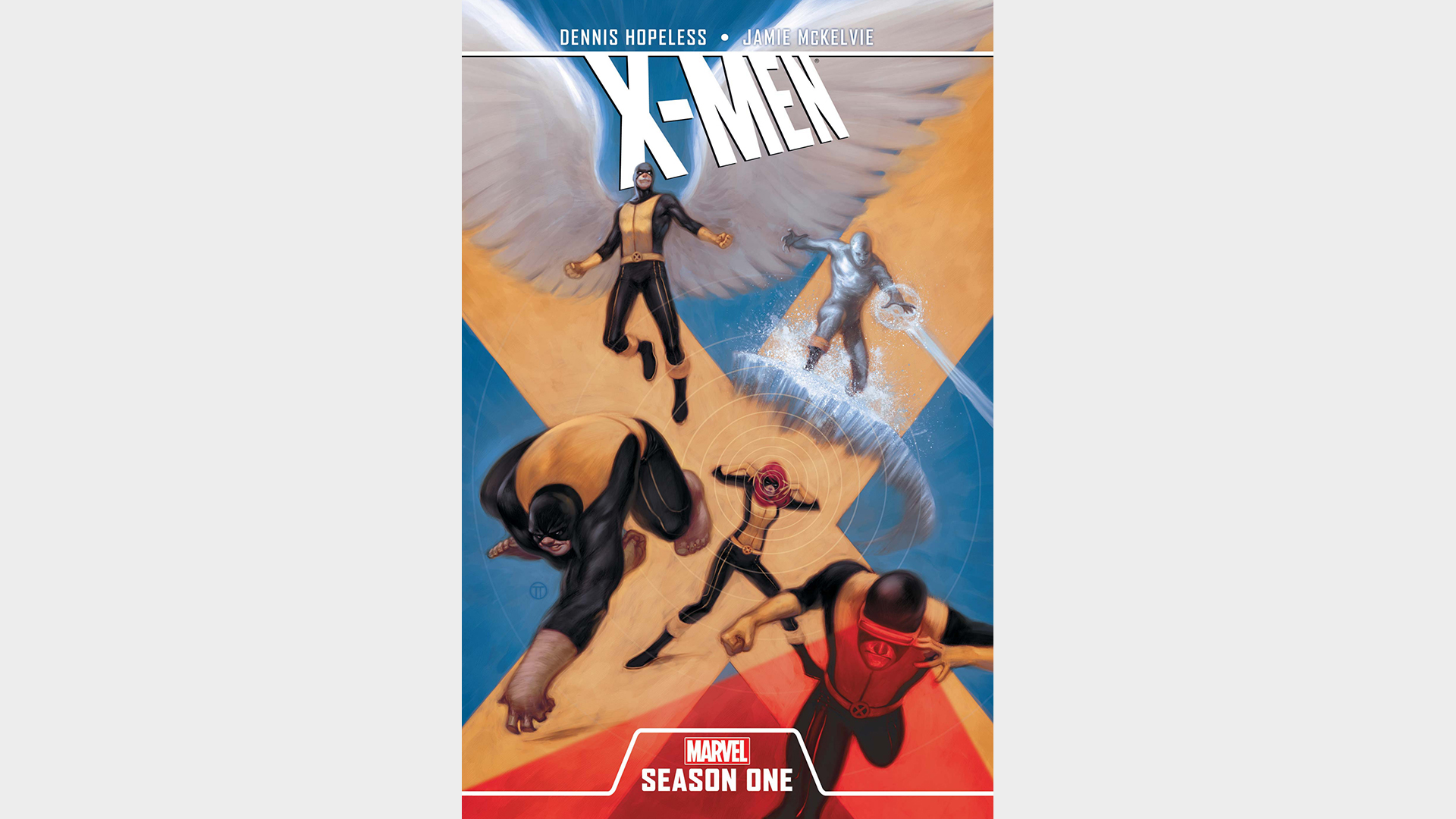
The origins of the X-Men, including the team's early years with Cyclops, Jean Grey, Beast, Iceman, and Angel aren't directly shown in X-Men '97. But the team's history still looms large, especially with Cyclops and Jean Grey's struggles to find their place with the team after so many years as X-Men.
It's entirely possible to go back to the earliest X-Men comics from the '60s to get some insight into those halcyon days, but if you're looking for a condensed version with some modern sensibilities, 2012's X-Men: Season One (also sometimes collected as X-Men: Uncanny Origins) by writer Dennis Hopeless and artist Jamie McKelvie is a great pick.
Uncanny X-Men #185, LifeDeath I and II
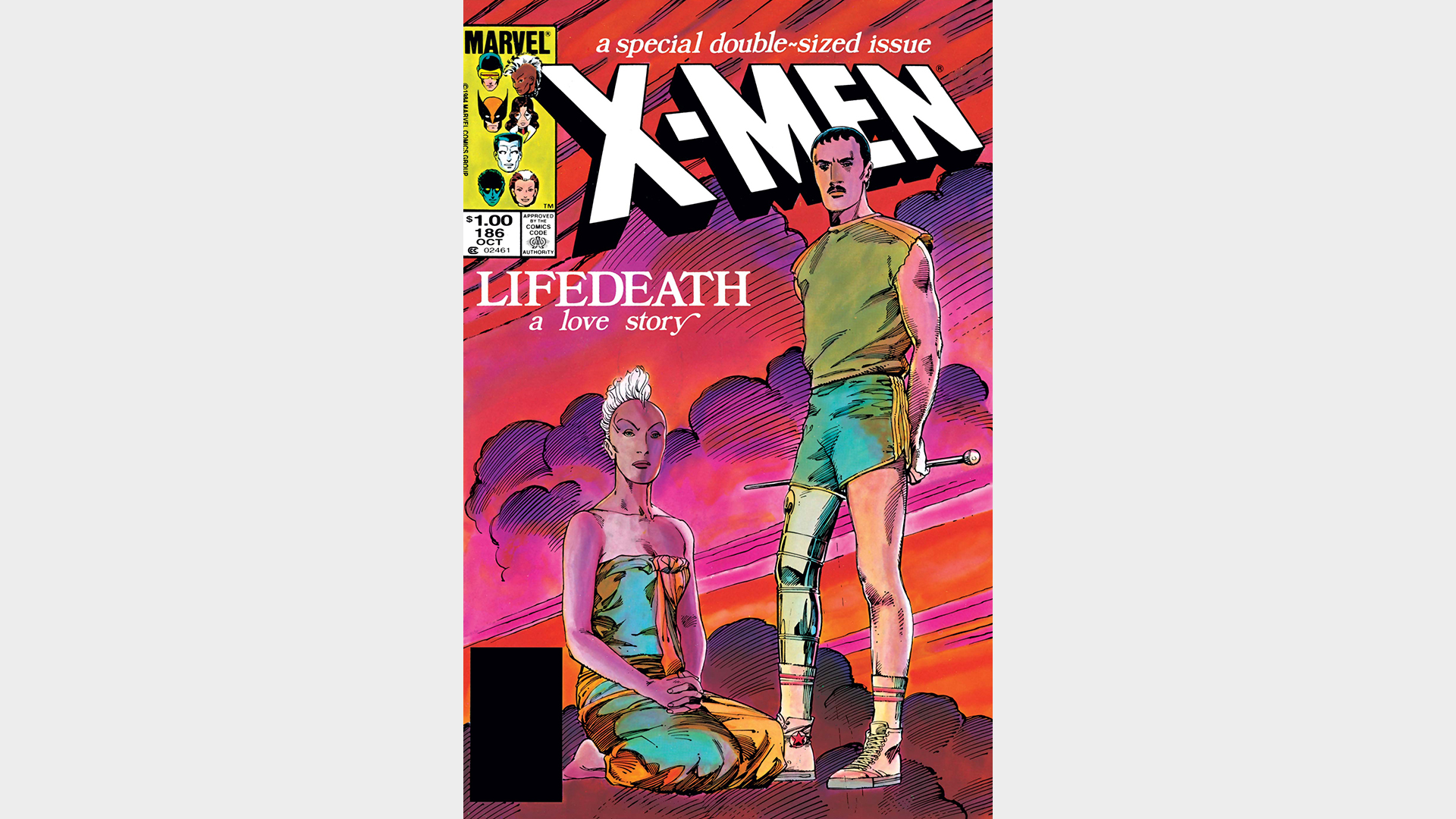
1984's Uncanny X-Men #185 and #186, and 1985's Uncanny X-Men #198 form something of a trilogy for Storm, one of the most powerful of the X-Men – a saga that also played out slightly differently in X-Men '97. In X-Men #185, Storm loses her powers to a neutralizer ray built by Forge, protecting Rogue from its blast.
Then in #186, which lends its title 'LifeDeath' to an episode of X-Men '97, Storm and Forge deal with the fallout of Storm's power loss, and the relationship that blossoms between them as a result. And the story gets a capstone in X-Men #198's 'LifeDeath Part II,' with both LifeDeath issues written by Chris Claremont with guest artist Barry Windsor Smith.
The Trial of Magneto
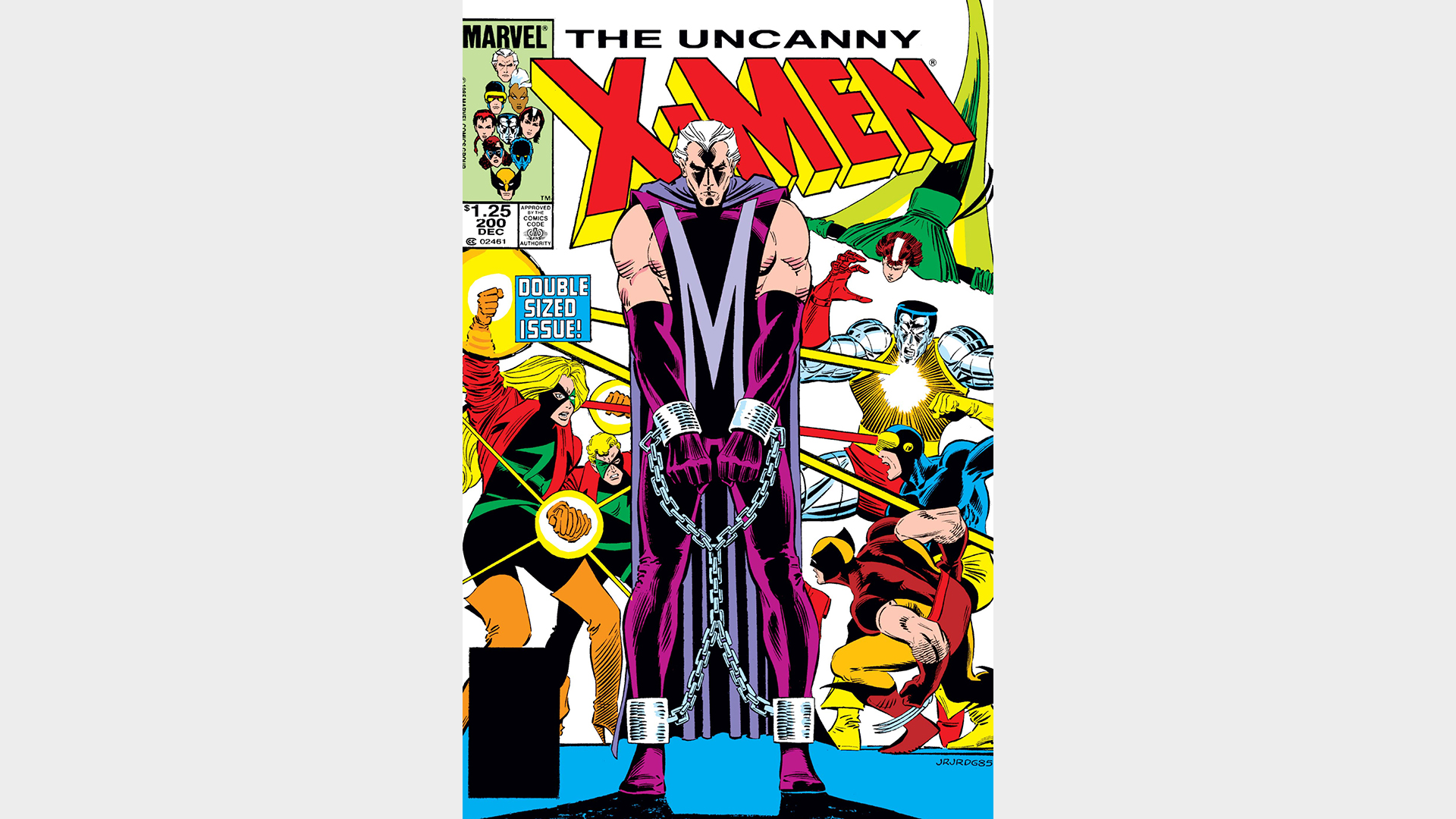
The trial of Magneto is a pivotal moment in the early part of X-Men '97 season one, and in comics, it took place in 1985's landmark X-Men #200. The events of Magneto's trial play out in somewhat similar fashion in comics as they do in the animated series, and it has just as much impact on the future of the team.
Written by Chris Claremont, who penned many of the team's biggest moments for over 20 years, with art from John Romita Jr., X-Men #200 marks the start of a new era of the X-Men, in which Magneto led the team for some time.
Mutant Massacre, Uncanny X-Men #350
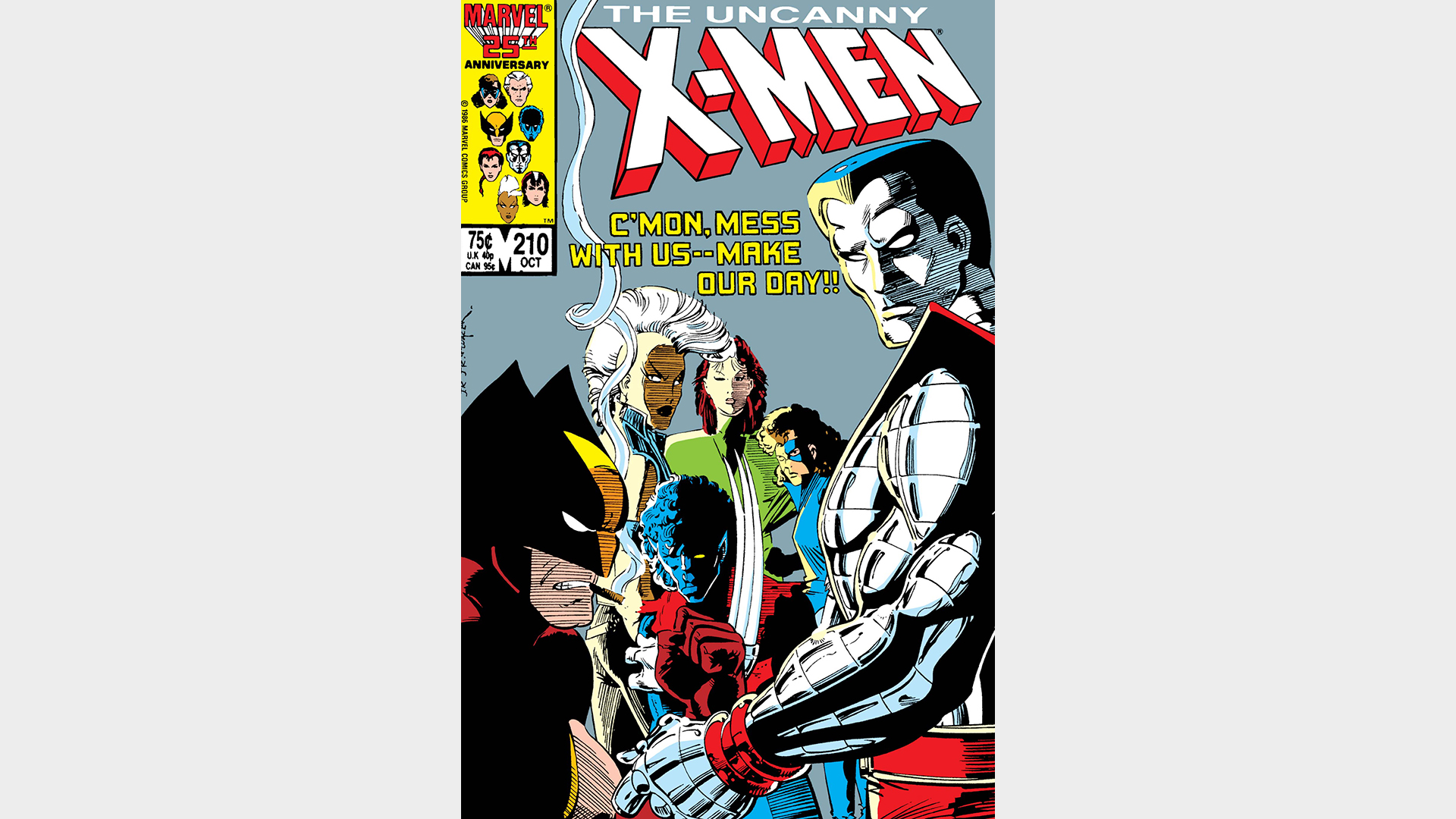
Released across multiple titles in 1986, 'Mutant Massacre' is generally considered the first line-wide X-Men crossover, sparking a tradition that continues on to this day of stories so big that they pull in every X-Men title, and even some from throughout the Marvel Universe.
In this story, Mister Sinister unleashes his Marauders in the Morlock Tunnels underneath New York City, resulting in a bloodbath that takes years for the X-Men to truly reckon with - and some shocking developments when the truth of what happened is eventually revealed in 1997's Uncanny X-Men #350 that will shake X-Men '97 fans to their core.
X-Men: Inferno
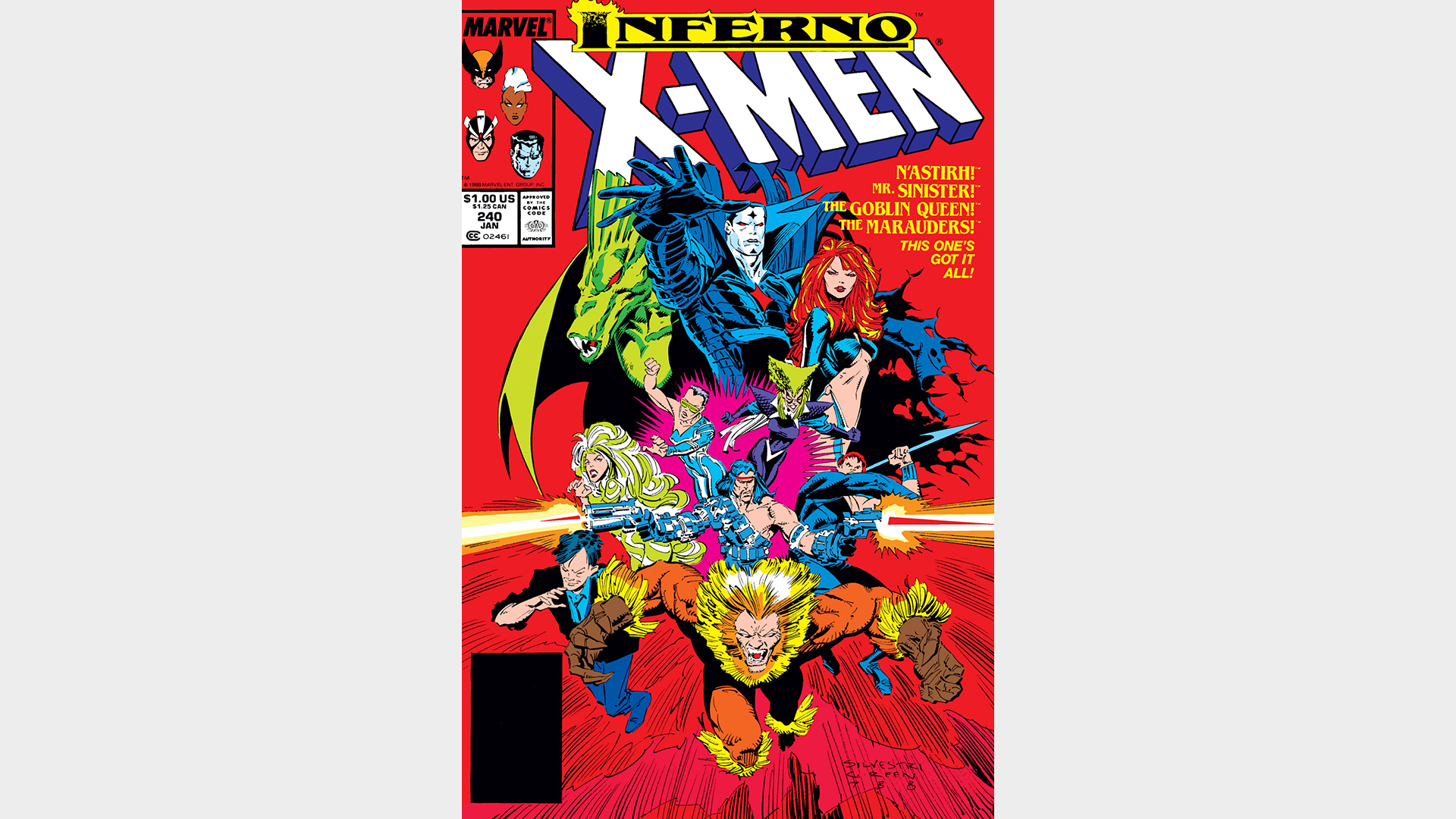
Episode 2 of X-Men '97 season one pays direct homage to the 1989 comic book crossover 'Inferno,' in which Mister Sinister's manipulations of Madelyne Pryor come to a head as she claims her hellish title as the Goblin Queen and unleashes the forces of Limbo on Earth.
Unlike in X-Men '97, Madelyne's rage is hardly confined to the X-Men's private home, spilling out all across New York City in a madcap nightmare of demonic possession. Though it's somewhat divisive for its handling of Madelyne Pryor, 'Inferno' is a must-read for any fan of X-Men '97.
Uncanny X-Men #275
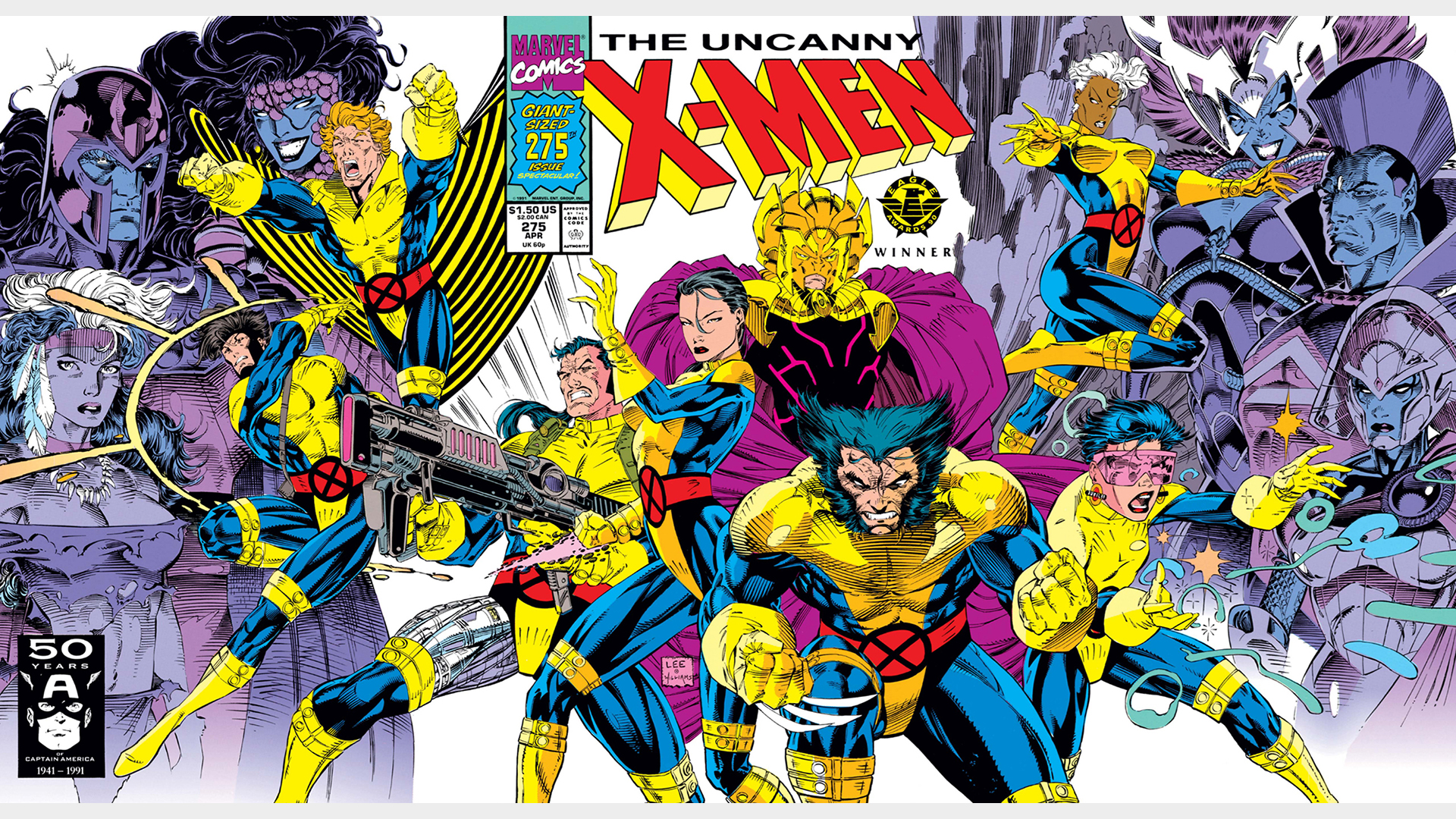
Much like in X-Men '97, there was a period of years where Professor X was away from Earth with the Shi'Ar, while presumed dead by many of the X-Men. And just like in X-Men '97, Xavier eventually returns to the team, changed by his time in the Shi'Ar empire.
Xavier's return to the team takes place in 1991's Uncanny X-Men #275, in which he first teams up with his former students on a mission in space while wearing a distinctive suit of Shi'Ar armor that hides his identity. There are some further complications in the comics however, including the presence of shapeshifting Skrull infiltrators.
Wolverine: The Crunch Conundrum
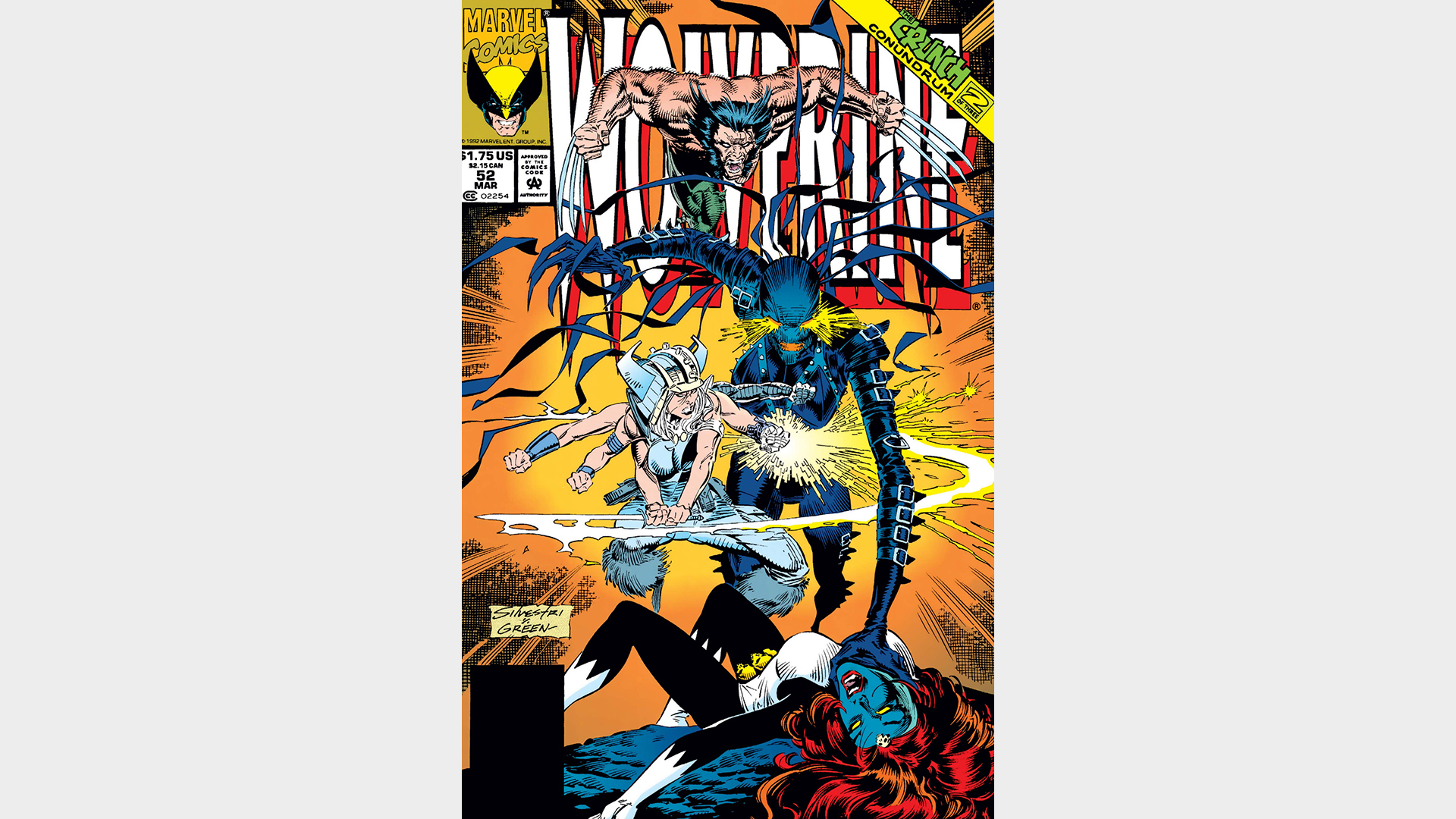
Told in 1992's Wolverine #51-53, 'The Crunch Conundrum' isn't the most famous Wolverine story, but it has all the weird wackiness that comes with the involvement of the bizarre TV monster known as Mojo, including the introduction of Jubilee's future Mojoworld self Abcissa.
This is prime Wolverine and Jubilee action, from the era of the early '90s when Jubes was Logan's protege. And it's written by legendary Wolverine writer Larry Hama, with art by all-time great X-Men artist Marc Silvestri, so it's one of the best examples you'll get of what it was like reading X-Men comics at their height in the early '90s.
X-Men: Fatal Attractions
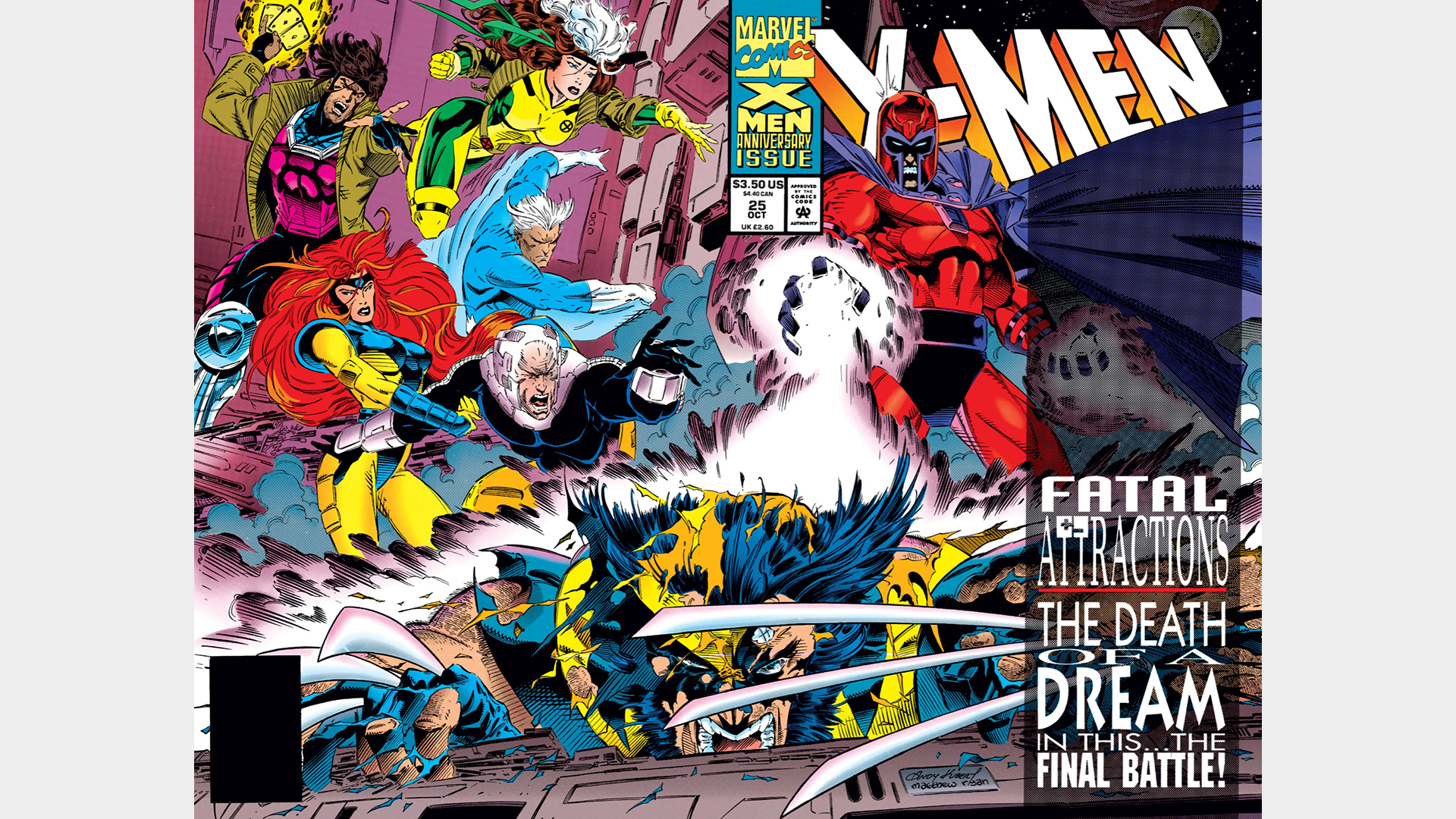
When it comes to monumental X-Men stories of the '90s, few are as impactful and memorable as 'Fatal Attractions,' another saga that signaled major changes to the X-Men and many of its members, and which spanned multiple titles and issues.
Many of the story's biggest plot points made it into the closing episodes of X-Men '97 season one.including Wolverine's adamantium being ripped from his bones by Magneto, which changed Logan for years. And then there's Professor X's mind-wiping of Magneto, which eventually led to the creation of the reality-threatening villain Onslaught.
Operation Zero Tolerance
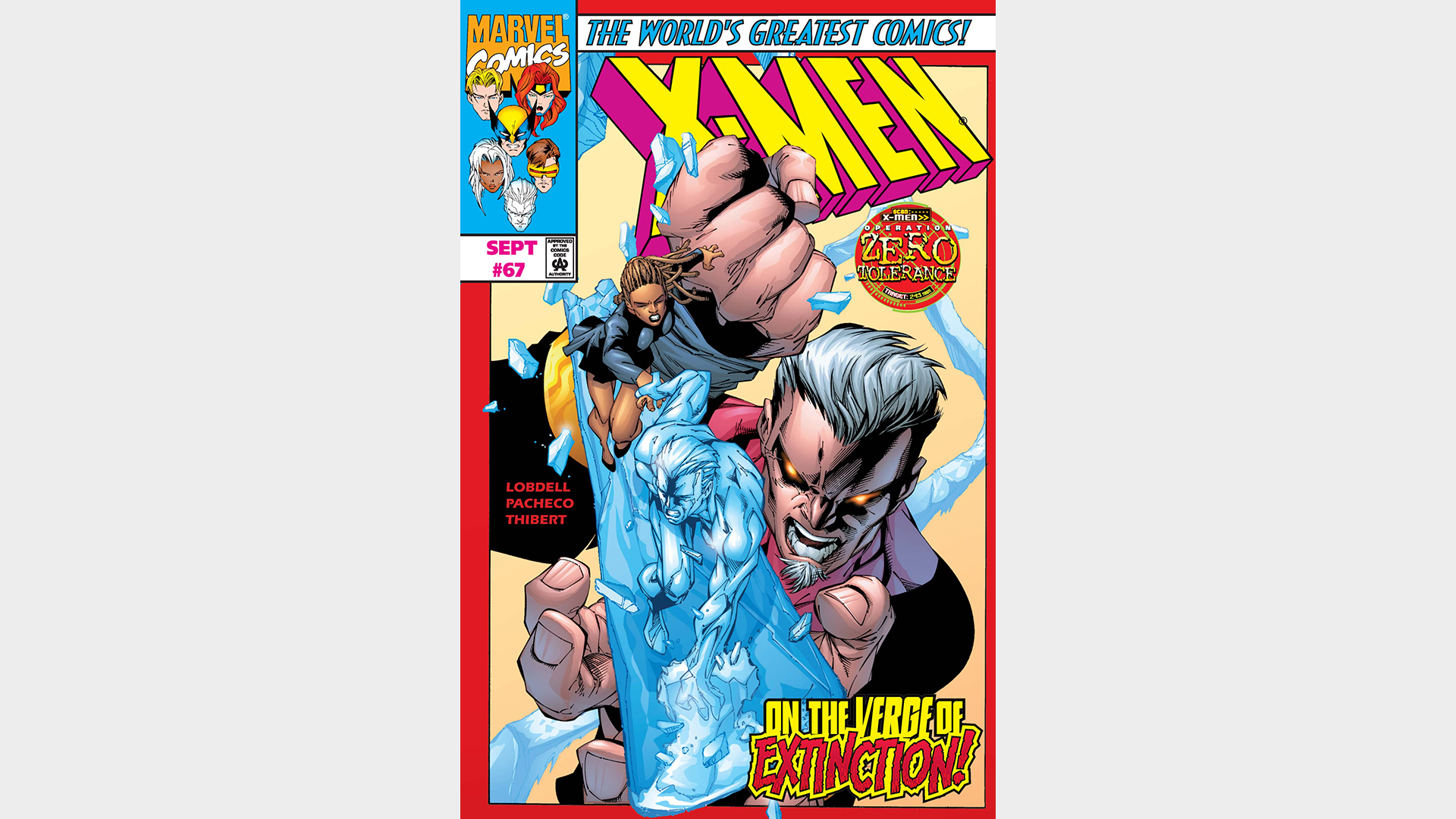
Operation: Zero Tolerance forms the backbone of the main overarching plotline of X-Men '97 season one, and it takes many of its cues from comics. In the 1996-97 multi-title crossover the villain Bastion and his advanced Prime Sentinels become major threats to the X-Men and their allies.
With its sprawling chapters that sometimes result in choppy storytelling, Operation: Zero Tolerance represents some of the best and most frustrating parts of '90s X-Men, and it's a chapter well worth reading for fans who want to see what Bastion and the late '90s era of X-Men comics are all about.
New X-Men: E is for Extinction
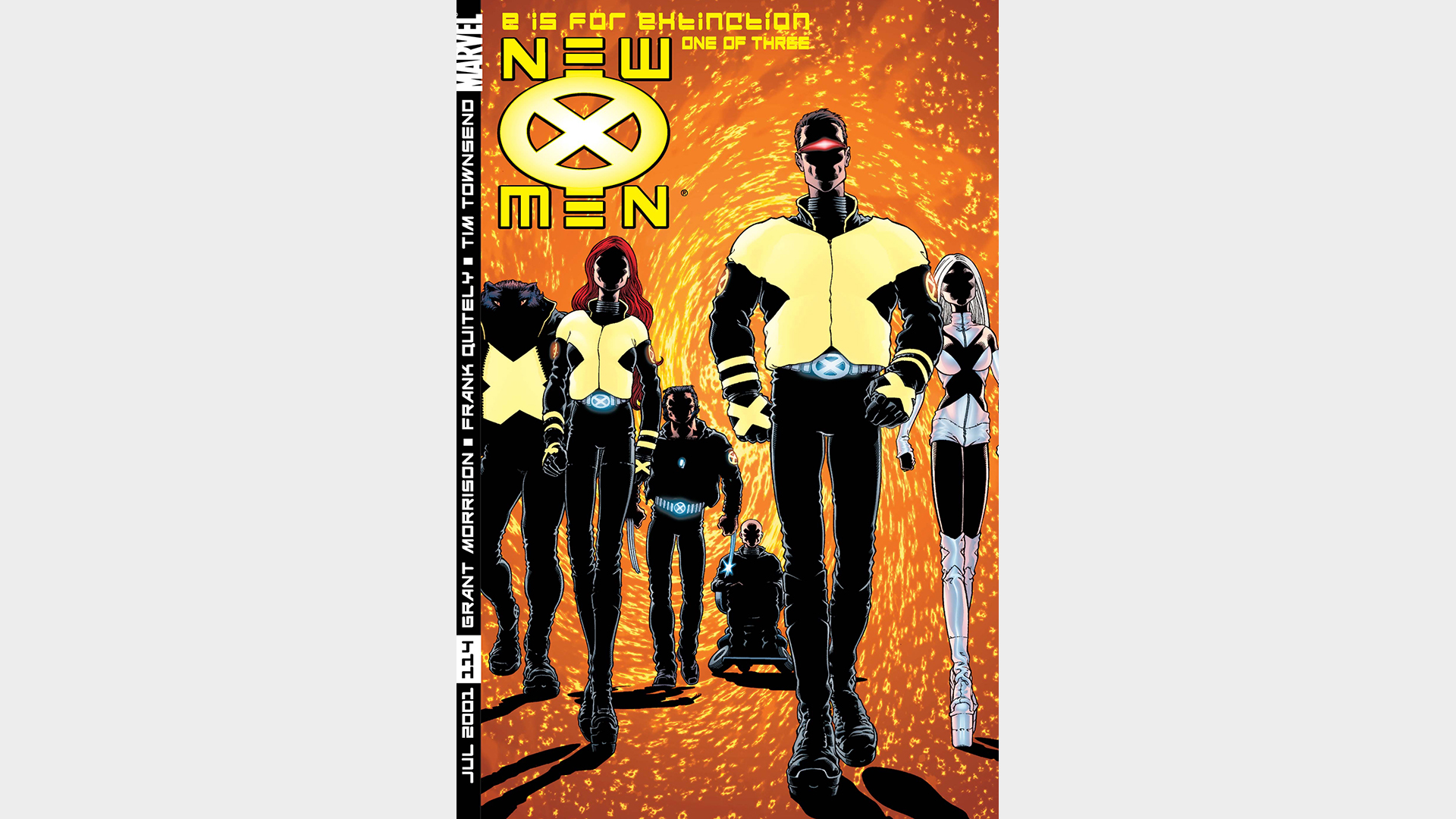
The destruction of Genosha and the massacre of its mutant citizens is a major plot point in X-Men '97 season one. And though the circumstances are slightly different, that story comes straight from comics, in writer Grant Morrison and artist Frank Quitely's New X-Men which kicks off with the story 'E is for Extinction.'
In many ways, Morrison and Quitely's New X-Men, which marked a bold new direction for the team in 2001, also marked the true end of the '90s era of the X-Men, closing the chapter on a decade of unprecedented success for the team while also evolving them into their next incarnation.
When you're ready for even more X-Men comics to dig into, check out the best X-Men stories of all time.







